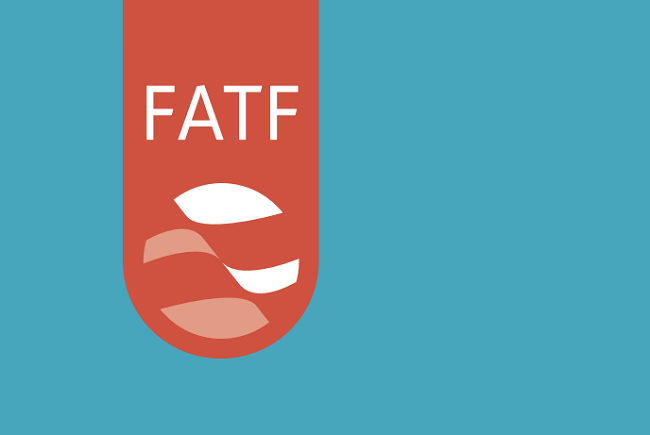
First, the circular debt. When the government subsidies to distribution companies in the power sector remain unpaid, the distribution companies cannot pay the independent power producers (IPPs), who in turn are unable to pay the fuel-providing companies, and circular debt is accumulated. Circular debt was logged on the power sector books effective from FY2007, as a result of the government shifting from low cost (hydel) to high cost (thermal) power generation between 1985-2007 (Junejo era onwards). It was further aggravated by a sharp increase in the price of imported fuels and rupee devaluation in 2007. The dollar went from Rs60 to about Rs75. As of now, this circular debt stands at over Rs1.7 trillion, increasing by approximately Rs17 billion per month.
Circular debt was caused by cumulative failures of our policies in the administrative, social, political and economic realms, to bridge the gap between the electricity demand and supply. The situation was compounded by inefficiencies in the power sector like transmission and distribution losses, incorrect energy mix, inefficient tariff regime, ineffectual regulatory framework (with IPPs fleecing the government through inflated bills), lavish incentives for the IPPs and differences at the federal-provincial levels. This gross inefficiency and incapacity by the national stakeholders — especially the economic managers — now affects the whole supply chain down to the household-level.
Though the problem is not a PTI legacy, the government has to address it. In addition to the administrative, legislative and technical reforms at the national level resulting in the Alternative Renewable Energy Policy 2019, Wapda is energetically pursuing more dams, small and large, to address the endemic power shortages and provide a more stable and affordable power structure. There is also growing realisation that the way forward is through “unsubsidised renewable” energy. However, the results are not likely to trickle down faster for understandable reasons and the economy has to bear the brunt of circular debt in the foreseeable future.
Second is the FATF. In 1989, during the G-7 summit in Paris, the heads of state/government and president of the European Commission (EC) decided to establish the FATF on “money laundering” — also known by its French name, Groupe d’action financière (GAFI) — to respond to the increasing threat to the banking system and financial institutions from illicit money laundering. The task force was assembled from among the G-7 member states, the EC and eight other countries. It was tasked to examine money laundering trends and techniques, study response options at the national and international levels and adopt additional needed measures.
In 1990, the FATF outlined “Forty Recommendations” as a comprehensive plan to fight the issue. In 2001, terrorist financing was added to the FATF mission by adding “Eight Special Recommendations”. The FATF standards were again revised in 2003, to deal with the ever-evolving money laundering techniques. In 2004, the FATF added a “Ninth Special Recommendation”, calling it the “40+9 Recommendations”. In 2012, it published its standards after another review, incorporating enabling tools for governments to act against financial crime, dealing with financing of weapons of mass destruction, promoting and implementing legal, regulatory and operational measures, ensuring greater transparency and getting tough on corruption. The FATF also identifies vulnerabilities at national levels to prevent the misuse of the international financial system. It is part of the G20 meetings of finance ministers and the Central Bank governors since 2016, in order to mobilise political will to make legislative and regulatory reforms.
As an inter-governmental “policy-making body”, the FATF has expanded from the original 16 members in 1991 to 39 members, including the P-5. Its current President — appointed for a year-long term (from July to June) from member nations — is Xiangmin Liu of China. Dr Marcus Pleyer of Germany is the Vice-President, and has been appointed for two years. The FATF Plenary is its decision-making body that meets thrice a year.
Pakistan is a member of the Asia/Pacific Group (APG), an inter-governmental entity and a sister organisation of FATF for the Asia-Pacific region formed in 1997, in Thailand. APG members are committed to adopting international standards against money laundering (AML) and counter-terrorism financing (CTF). That makes FATF standards binding for Pakistan. Countries considered partially compliant to FATF guidelines — also called jurisdictions monitored — and are not considered safe havens for supporting terror-financing and money laundering are included in the Grey List. There are 11 other countries in the Grey List including Iceland, Mongolia, Ghana, Yemen and Zimbabwe. Those non-compliant are added to the Black List, like Iran and North Korea.
Finding insufficient safeguards in Pakistan’s AML system, the FATF placed Pakistan on the Grey List in June 2019, giving it a 27-point plan of action to be implemented by October 2019, or else risk being put on the Black List. The February 2020 FATF review recommended Pakistan to remain in the Grey List till this October, recognising the “enormous effort” Pakistan made to improve against CTF and AML. Pakistan’s compliance includes attaining 14 of the 27 targets, like proscribing several militant groups, seizing their assets, convicting Hafiz Saeed and documenting all foreign currency transactions, etc. The remaining targets include those under progress and those pending legislation.
Sliding into the Black List means the FATF will ask its members and entities within their jurisdictions to ask their financial institutions to scrutinise business relations and transactions with Pakistan. This would complicate the government’s lifeline, the $6 billion IMF programme, further worsening our precarious economic health. Although the FATF has emerged as another tool of the hybrid warfare, its dictates and guidelines provide us an opportunity to put our house in order. AML and CTF are important milestones that we need to effectively reach. The FATF has so far not yielded to Indian attempts of blacklisting Pakistan, given Pakistan’s size and importance.
In sum, the PTI government needs to understand that only economic repair — through sensible team adjustments, increasing non-tax revenue, efficient sales tax collection, fixed-tax regime for the informal economy, interest rate cut, stable utility pricing, export facilitation, people-friendly exchange rate and FATF compliance — will salvage its sagging fortunes and that is a tall order for Khan Eleven.
Published in The Express Tribune, March 5th, 2020.
Like Opinion & Editorial on Facebook, follow @ETOpEd on Twitter to receive all updates on all our daily pieces.












COMMENTS
Comments are moderated and generally will be posted if they are on-topic and not abusive.
For more information, please see our Comments FAQ